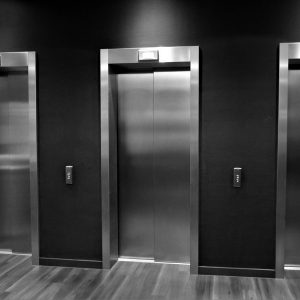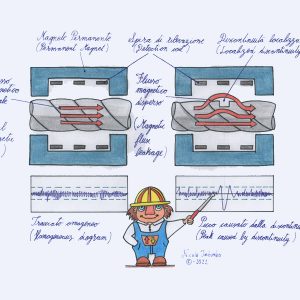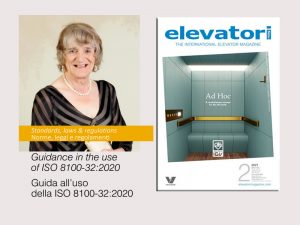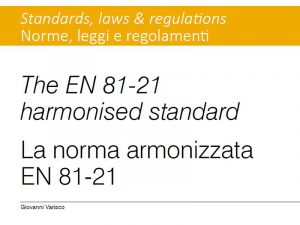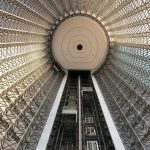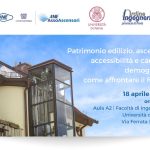Inclined lifts, the EN 81-22 standard – Part 1
By Giovanni Varisco
Published on Elevatori Magazine Issue 4 Year 2018
In this article it is my intention to concentrate on the EN 81-22 harmonised technical standard. This subject will require several articles within the various issues of the Elevatori Magazine due to the complexity of the rule and to its faceted detailed applications.
I am referring to a recent revision proposed by the CEN (Comitato Europeo di Normalizzazione) which is meant to substitute the version of the SN 81-22 standard published in 2014.
In this issue of Elevatori Magazine I will concentrate on the general indications of the harmonised standard leaving the details pertaining to the regulations for the inclined lifts to a later article.
General observations
The harmonised standard EN 81-22 intends to set out the safety requirements for inclined lifts by examining the different aspects involved in the design and installation of the same systems.
It refers to the lift’s exposure to external environments, and the possibility of the movement of people in that area which represents an obviously dangerous scenario.
Due attention is also paid to the position of the landing doors and to the presence of a horizontal component in applied forces in the event of a stop of the load carrying unit (car).
The safety requirements for workers and for the evacuation of people from inside the cabin differ depending on the possibility or the impossibility of circulating inside the travel path and the possibility that the roof of the cabin is used (or is not used) for maintenance operations.
Basic concepts
Although it did not appear necessary to refer to all the technical standards related to the type of installation considered, the EN 81-22 standard deemed it necessary to lay down certain requirements, as they are in all respects lifts, and for the type of use of inclined lifts the safety regulations must be meticulously adhered to.
The clauses defined are the ones used to describe the minimum requirements for height of the machine room and of the deflection pulleys as far as the dimensions of the entrance doors.
If the weight and size of the components used were to make the manual maintenance difficult they must be properly equipped for lifting and handling during transport.
Hypothesis
In addition to the general hypothesis already stated in the harmonised standards for lifts, one must add that the contents of the EN 81-22 harmonised standard presumes that the users of such lifts will not require any specific assistance.
In addition to the usual agreements between the supplier or installer and the customer, the hypotheses assume that the aspects relating to the installation site have been examined. For example, by indicating the intended use of the inclined lift, the foreseeable environmental conditions and the other aspects related to the chosen sites, such as the possible presence of high voltage power lines, bridges, dangerous buildings and natural obstacles.
For all the elements which constitute the final installation, the presence of possible risks was recognised in consequence by elaborating rules and by establishing the following:
• design according to the known technical practice and the usual rules of calculation
• evaluation of all possible cases of failure
• good construction from the mechanical and electrical point of view
• manufacturing with materials of sufficient and adequate strength and quality and absence of defects
• size invariance also following wear and tear/degradation of parts
• failure to alter the safety issues because of environmental influences
• careful decisions are made to maintain the characteristics within the extreme temperatures chosen between Supplier and Customer (impact resistance for steel materials, rigidity and operation of plastic materials, functionality of electronic components, viscosity for oils, etc.).
It is assumed that the static force exerted by a person is normally 300 N while the dynamic force is normally equal to 1,000 N.
The access paths to the work areas must be adequately illuminated.
Field of Application
the European harmonised standard EN 81-22 provides the rules for the fixed installation of electric lifts with friction or drum drive which provide a vehicle equipped to transport people or people and things and which runs along sloping rails between 15° and 75° in respect to the horizontal.
Additional provisions must be provided for any foreseeable cases (explosive atmosphere, extreme environmental and climatic conditions, dangers due to seismic phenomena, the need to transport dangerous substances, etc.). The exclusions from the harmonised standard EN 81-22 are those already generally known for other lifts.
Having taken due account of current technical knowledge, the scope of the EN 81-22 standard has the following limitations:
• only one variation of the angle of inclination along the trajectory is allowed (which must be confined to a vertical plane)
• the maximum capacity of the cab is equal to 7,500 kg (equivalent to 100 passengers)
• the maximum rated speed is 4 m/s
Maximum capacity and maximum speed are linked to each other by a formula that establishes a maximum speed of 1 m/s for a capacity of 7,500 kg and 4 m/s for a capacity of just under 3,000 kg.
In an upcoming article to be published in Elevatori Magazine, I will cover the topics related to the requirements set by the harmonised technical standard and thus, we can examine in detail the characteristics established for this type of lift.


